Previous Exhibitions
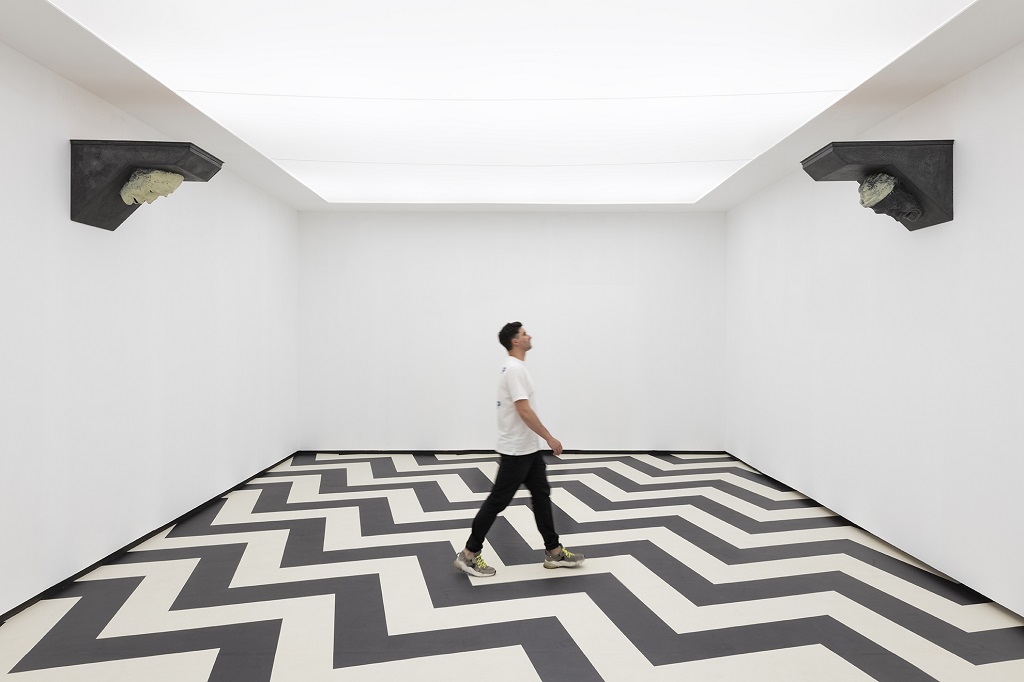
This exhibition commemorates the 70th anniversary of the birth of Juan Muñoz (Madrid, 1952-Ibiza, 2001), perhaps the internationally best-known Spanish artist of recent decades, following his dazzling career from his first exhibition in 1984 to his untimely death at the age of 48.
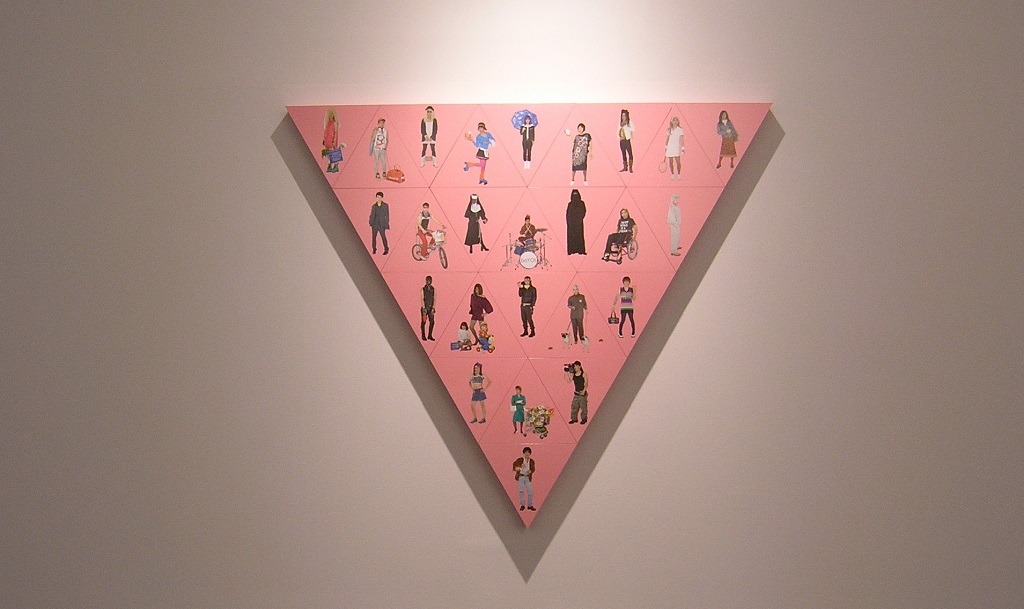
Attention to diverse bodies and desires has been a hallmark of the programming of the Museo Centro de Arte Dos de Mayo since its foundation fifteen years ago. The performance possibilities of bodies and the unprecedented social choreographies emerging from their communities are a core focus of the institution. Over time, this celebration of difference and celebration of minority voices has gradually permeated the collections.
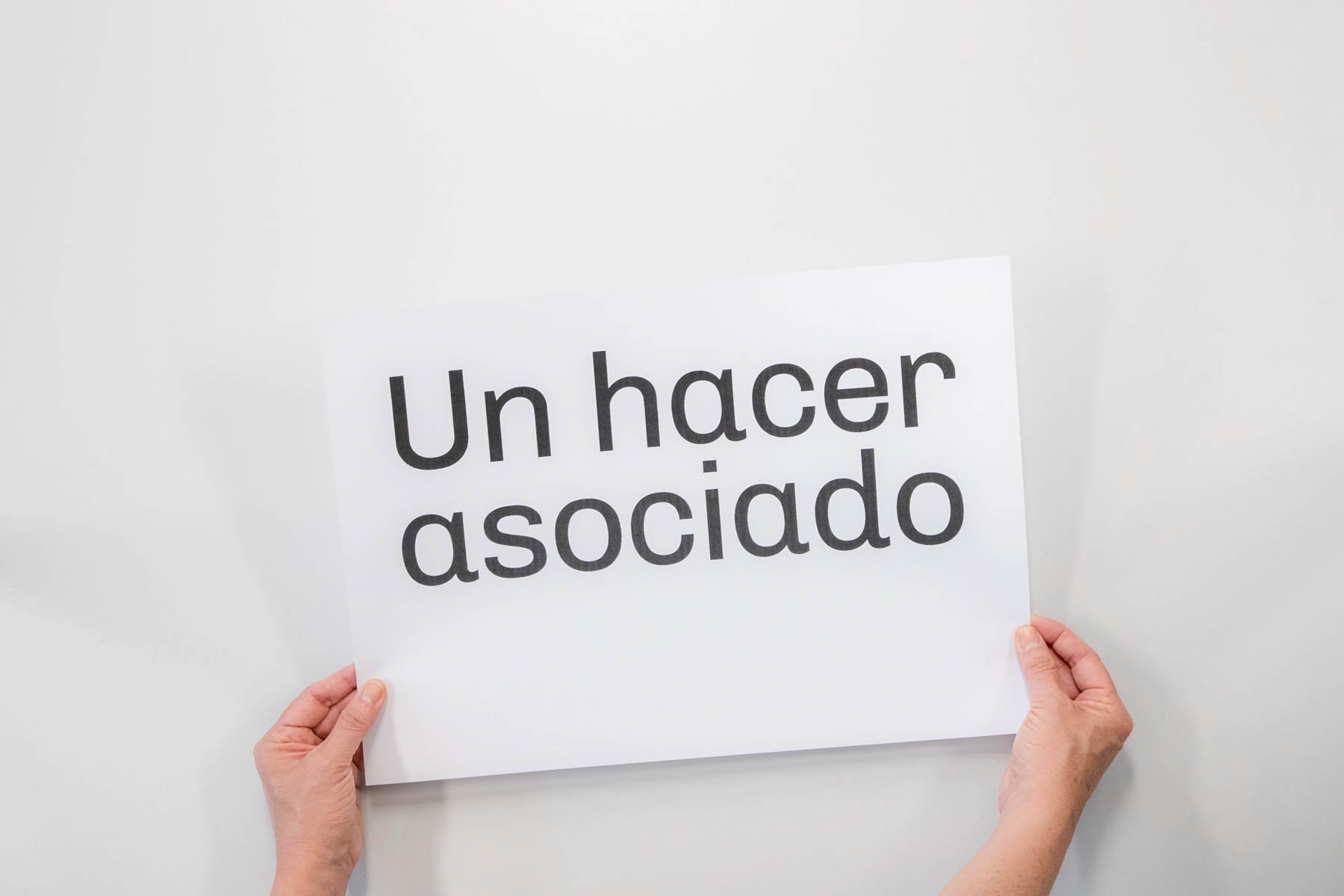
To celebrate International Museum Day, CA2M has come up with a new way of activating its collection and making it more widely accessible.
“ASSOCIATED MAKING. ASSEMBLY KIT OF PIECES FROM THE CA2M COLLECTION” is a curatorial programme by Marta Ramos-Yzquierdo that views the exhibition as an open, imaginative and surprising reflection in which artists, institutions and audiences can collectively rethink our contemporaneity.
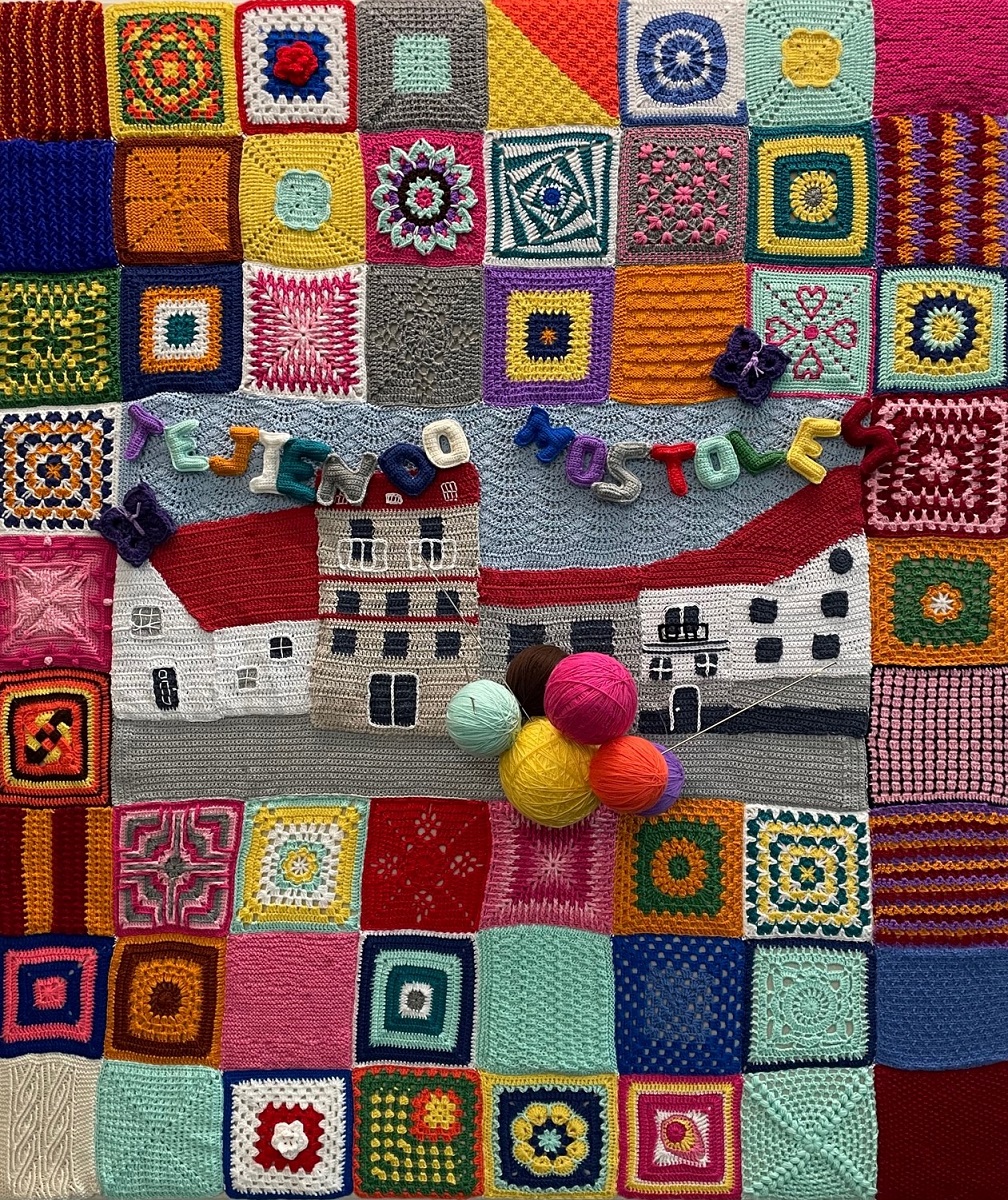
In 2014, three women who lived in Móstoles began to meet regularly at the CA2M cafeteria to chat while crocheting together. As they were gradually joined by more and more people, the museum ended up offering them more space, and every Wednesday from 11.00 a.m. to 2.00 p.m. they were provided with a large table that would soon be complemented by a textile work from the museum’s permanent collection by artist Teresa Lanceta.
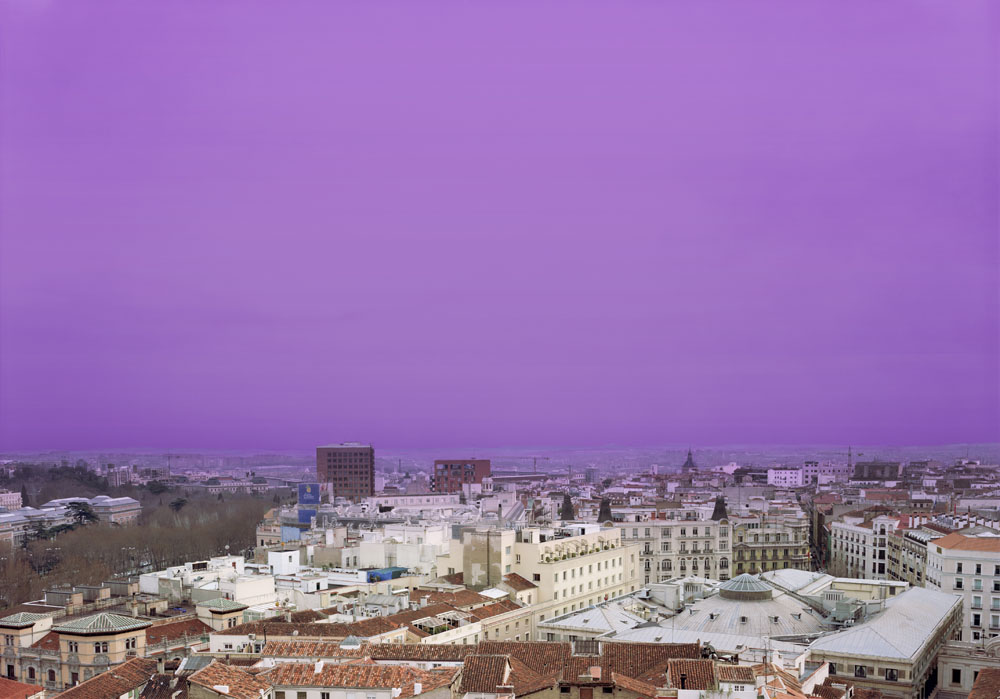
There is a signature feature to Hannah Collins’s photos of urban horizons: the sky is always tinted with a strange colour. Like the images over the credits of an imaginary film, this photo captures the feeling that a particular place—whether through premeditated cultural references or a subjective impression—produced in the artist at a certain point in time.
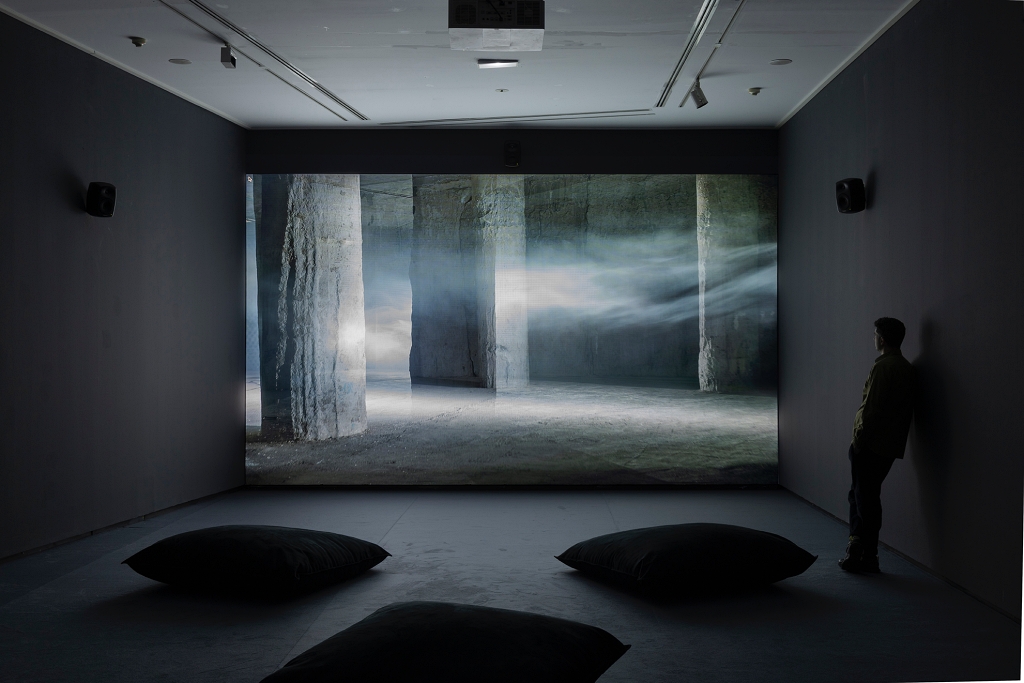
This exhibition by the artist Karlos Gil (Talavera de la Reina, 1984) is the most complete public presentation of his work to date. It showcases some of the various lines of work that have marked his practice in recent years: the relationship between artificial and natural, technology and the body, obsolescence, the complexity of second and third degree urban signs, science fiction... among other issues.
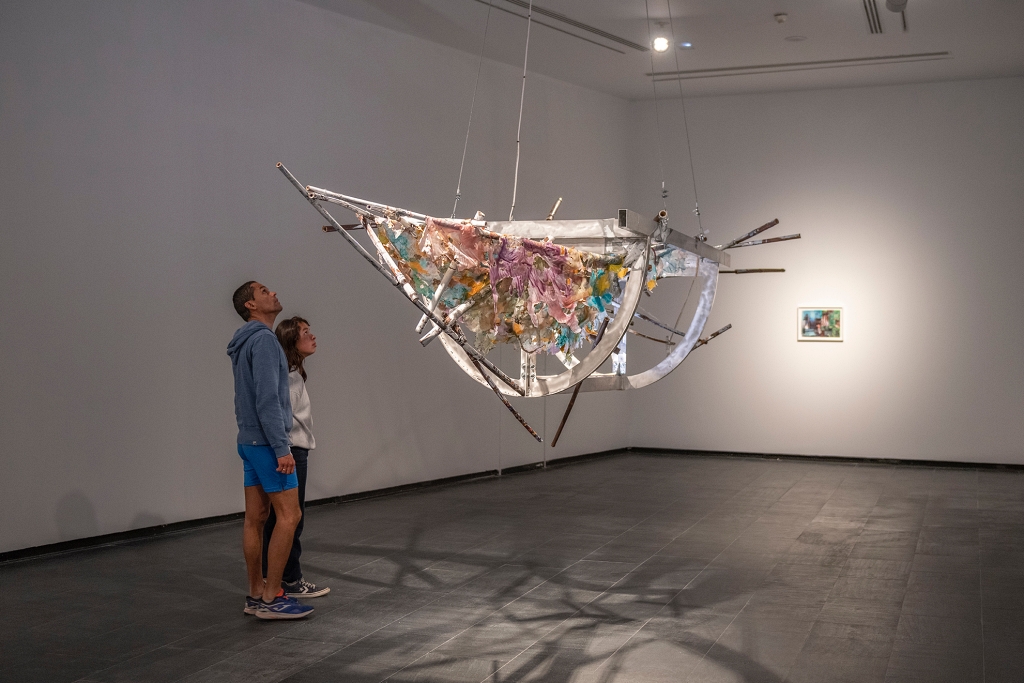
Emil Lime is an exhibition by Esther Gatón curated by Cory John Scozzari. This project sets in motion forms, techniques and conceptual interests frequent in Gatón's practice, such as the construction of ambiguous environments, amateur science, visual artifices, and the crossovers between femininity and machinery, articulating them in a single installation.
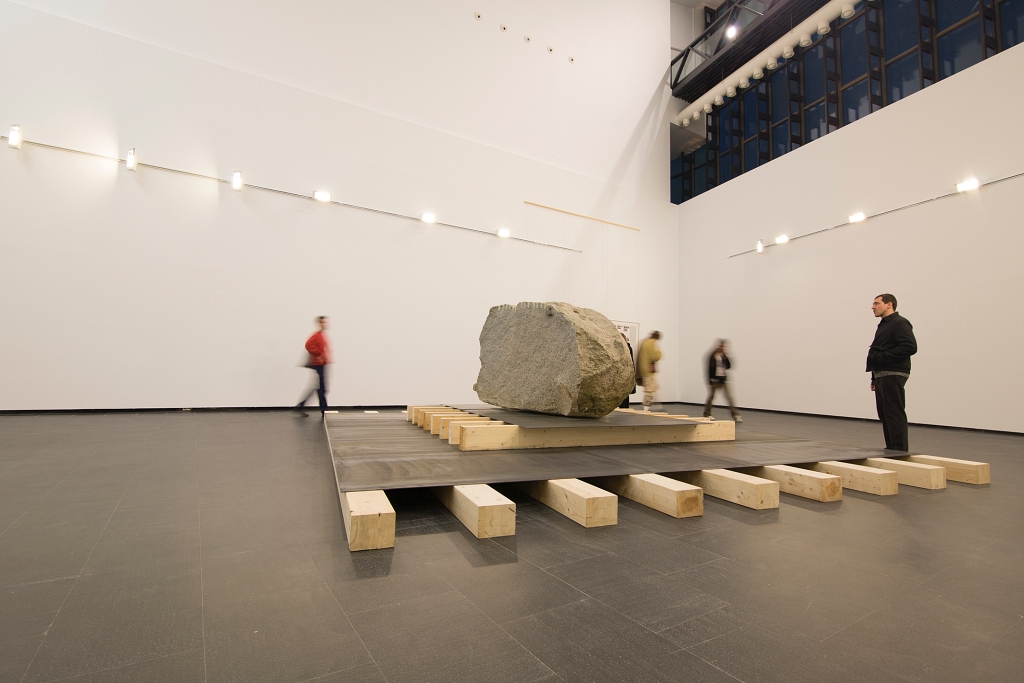
In his work, Xabier Salaberria explores the forms in which certain structures behave in specific spaces, perverting their apparent neutrality and questioning the categories in which they are conventionally inscribed.
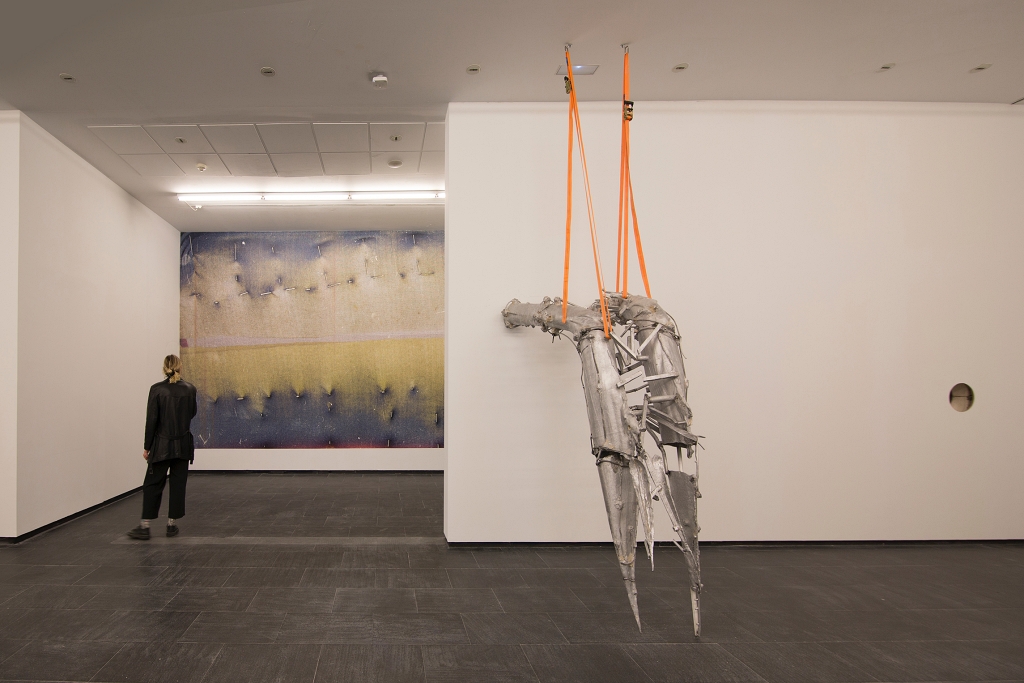
June Crespo understands sculpture as an exercise that enables her to bring together seemingly opposed qualities. Her works partake equally of the petrean and the perishable, the mechanised and the manual, the abject and the sensuous. The convergence between materials and motifs creates a vocabulary that seems interpretable as a contradiction.